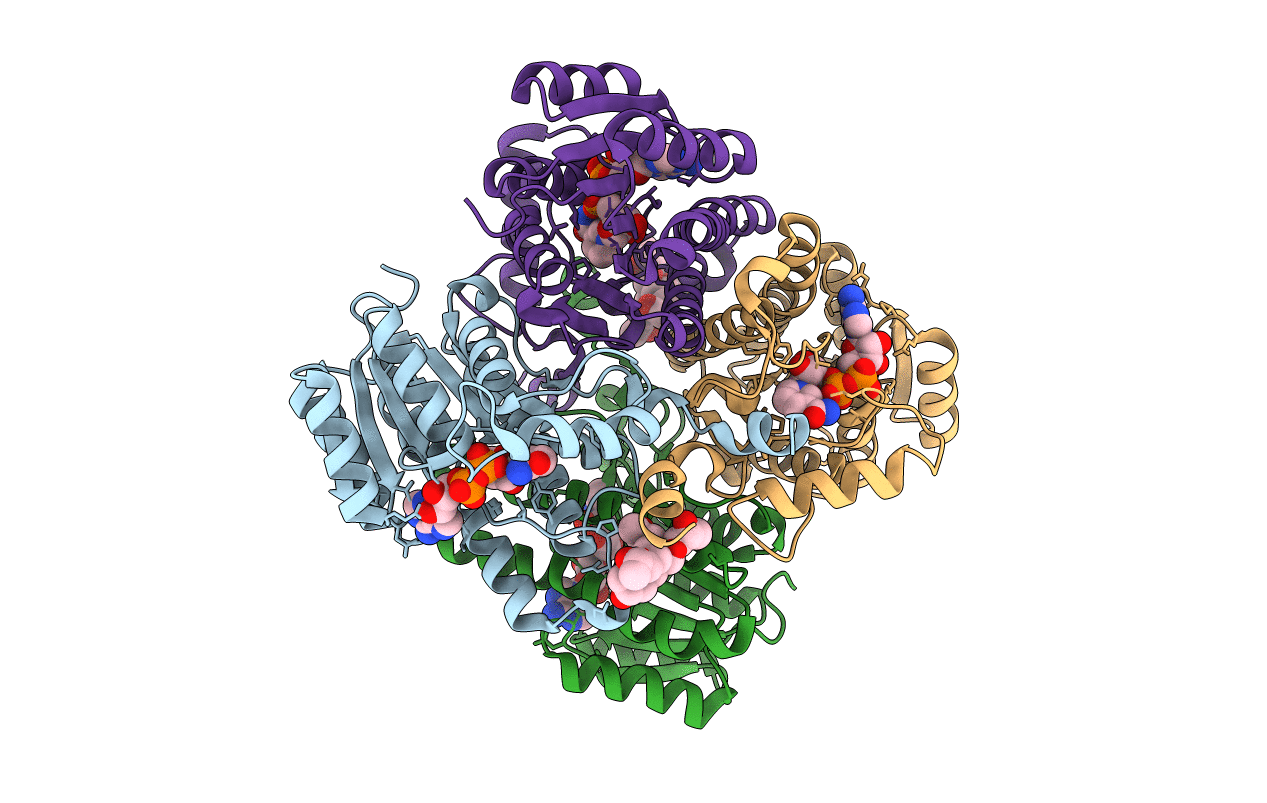
Deposition Date
2020-08-03
Release Date
2021-02-17
Last Version Date
2024-01-31
Entry Detail
PDB ID:
6ZYZ
Keywords:
Title:
Structure of the borneol dehydrogenases of Salvia rosmarinus with NAD+
Biological Source:
Source Organism:
Salvia rosmarinus (Taxon ID: 39367)
Host Organism:
Method Details:
Experimental Method:
Resolution:
2.27 Å
R-Value Free:
0.23
R-Value Work:
0.19
R-Value Observed:
0.19
Space Group:
P 65


